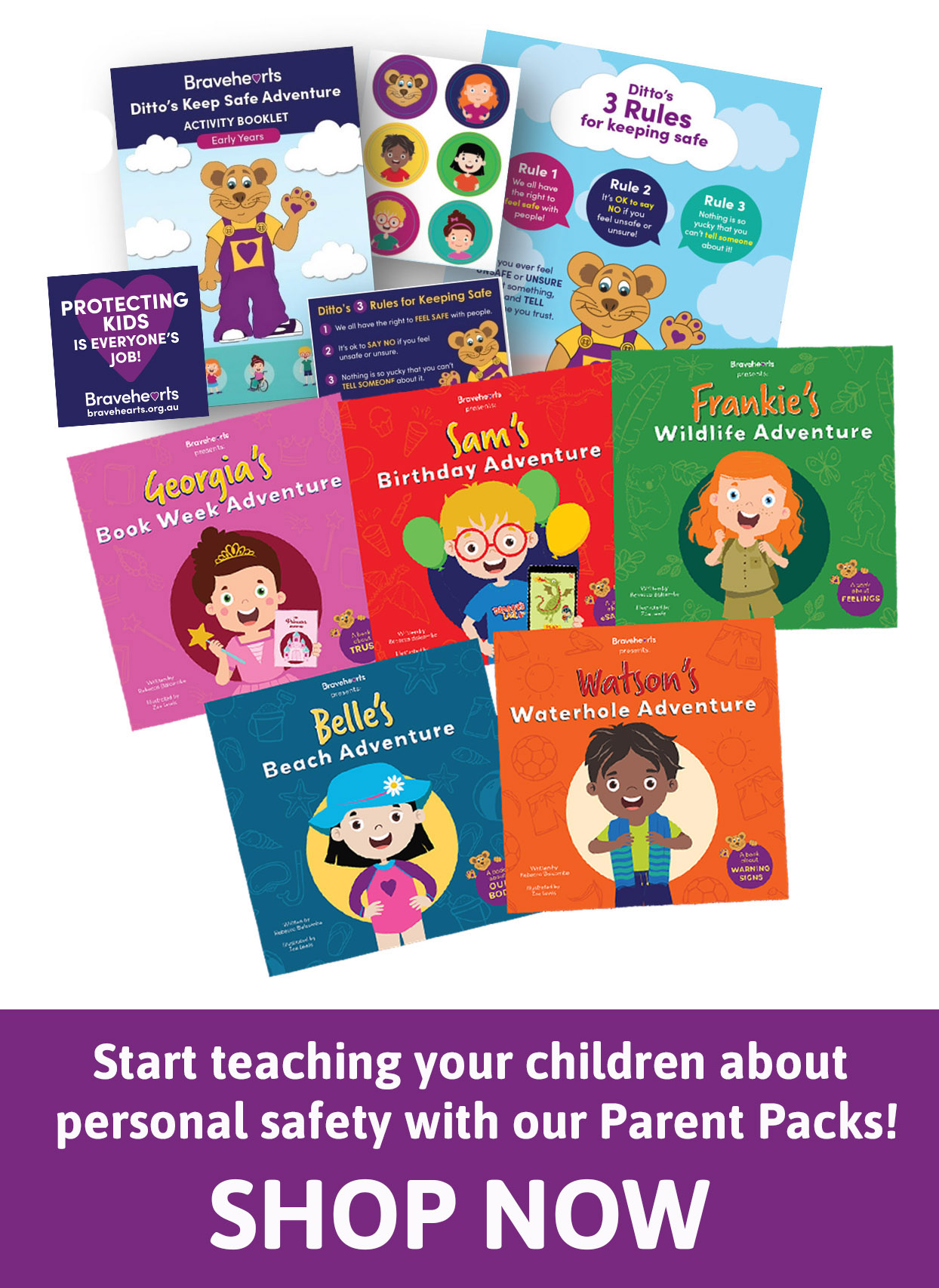About Child Sexual Abuse
- Free Resources
- What is Child Sexual Abuse?
- What are the Signs of Child Sexual Abuse?
- What are the Effects of Child Sexual Abuse?
- What is Grooming?
- What is Consent?
- Sexual Behaviours in Children
- Myths About Child Sexual Abuse
- Online Grooming & Child Sexual Exploitation
- Teaching Children Personal Safety
- Responding to a Disclosure of Sexual Abuse
- Historical Child Sexual Abuse
Helpful Links
- Home > About Child Sexual Abuse > Myths About Child Sexual Abuse
Myths About Child Sexual Abuse
In order to understand the reality of child sexual abuse, it is important to understand the myths that exist.
Below are the most common myths about child sexual abuse and the facts and stats that dispel these myths:

FACT →
Parents are often accused of not protecting their child. However, this attitude shifts blame and enables offenders to avoid responsibility for their actions. The offender is always the person who is responsible for the child sexual abuse.
(NOTE: While the perpetrator is always the one who is primarily responsible, we acknowledge that adults who know about the abuse and do nothing to stop it or protect the child have a level of responsibility.)
FACT →
It is estimated that in 70-90% of cases the offender is someone the child knows.
FACT →
Child sex offenders rarely engage in a single offence. A person who offends against their own child/ren may offend against other children.
FACT →
No child wants to be sexually abused. Adults have power over children, and they must not manipulate this power.
FACT →
Incest and sexual abuse can occur in all kinds of families, rich or poor, large or small, well-educated or not well-educated.
FACT →
Sexual abuse has many harmful effects on children, and survivors often require support regarding these. Sexual abuse can result in children experiencing fear, confusion, guilt, shame, and sadness. These feelings may occur for a variety of reasons.
FACT →
A common stress response is to freeze, and this may prevent a child from responding or saying ‘no.’ Adult offenders are always to blame, as children are unable to consent.
FACT →
Actually, 98% of child sexual abuse reports by children are found to be true.
FACT →
Children often disclose long after their abuse has started. The offender often uses behaviours such as ‘accidental touching’ or tickling to defend their behaviour and blame the child. A child’s disclosure should always be acknowledged and taken seriously.
FACT →
There is no evidence to support this. The cultural significance of incest and child sexual abuse can vary between cultures. Both incest and child sexual abuse are illegal in Australia.
FACT →
In some cases intervention by legal, medical and welfare personnel can be distressing; however, this shouldn’t be used as an excuse by people to not speak out and to allow sexual abuse to continue. In surveys of survivors, most children describe negative effects during the time they were sexually abused.
FACT →
Pressure is mounted on a child following disclosure. Consequences of disclosures can include family breakdown, parent distress, and other effects. Retracting a statement may be a child’s attempt to return their situation to normal.
Need more detailed information?
If you wish to learn more about the statistics around child sexual abuse in Australia, as well as research about the effects of child sexual abuse, we recommend you read our research section Child Sexual Abuse: Facts and Stats.
 BACK
BACK


